This thesis demonstrates how architecture and space can emerge from lines and be constructed on a larger scale using iteratively built web structures. Following a volumetric approach, spaces are able to stay within a vague metric, existing between the current paradigm of solid and void, without occupying either of these states. The project follows the development of a tool, which enables a user to defi ne spaces using a digital interface, which guide the iterative algorithm towards the desired outcome. The resulting web acts as a polyadic object, where the visual and the structural layer are one and the same, and the creation of the web is pulled between the constant negotiation of the structural and the spatial. Creating a web structure using an algorithm is a process of fi nding ways to gain control and delegating order. The presented methods include graph structures to aid computer comprehension and the manipulation of randomness to deal with problematic areas. Lastly a secondary interface is introduced, where users can directly defi ne behaviour within a cartesian proxy space. Using volumes as carriers of intent, formal expressions are declared. The second step describes the process of materialising the aforementioned web structure into physical matter, where a web exists inside its boundaries. This starts with the creation of a machine, which creates copies of the digital edges in real space and continues with built web prototypes that test the spatial and structural qualities in their physical form. In that way, the project holds a conversation of losing control and order by delegating choice to chance, and the process of regaining both through rules and boundaries.

